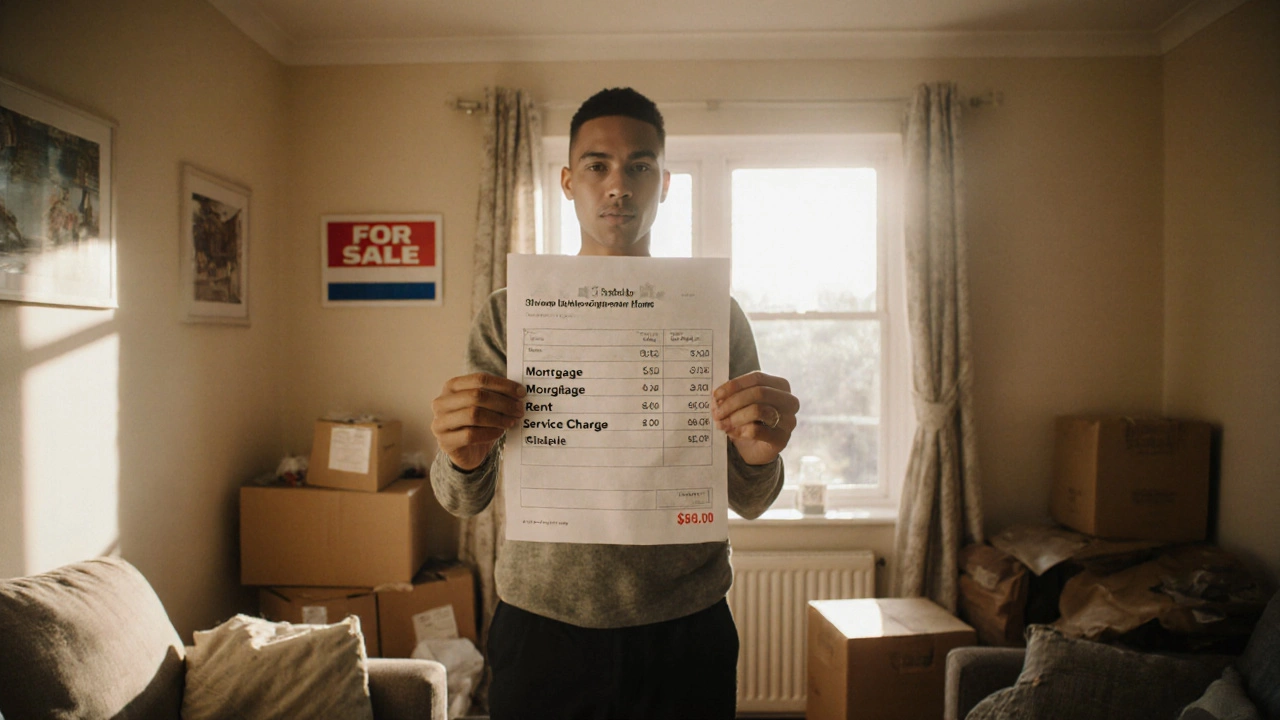Housing Scheme Overview
When you hear the term Housing Scheme, a structured plan that offers homes through various ownership models, often backed by government or private developers. Also known as housing development, it can include anything from brand‑new apartments to refurbished flats sold under special terms. Housing scheme isn’t just a buzzword; it’s a framework that lets buyers choose how much of a property they own and what they pay each month. One common route is Shared Ownership, a setup where you purchase a share of a home—usually between 25% and 75%—and pay rent on the remaining portion. This model encompasses flexibility for first‑time buyers who can increase their share over time. Another key player is Joint Tenancy, a legal arrangement where two or more people own a property together with equal rights and survivorship. Joint tenancy influences housing scheme decisions because it determines how ownership passes if a co‑owner dies. Both shared ownership and joint tenancy require solid Mortgage Borrowing Power, the amount a lender is willing to loan based on your income, credit score and existing debts, which ultimately decides whether you can enter a housing scheme in the first place.
How the pieces fit together
In practice, a housing scheme is the umbrella that brings together ownership structures, financing tools and professional advice. If you’re eyeing a shared‑ownership flat, you’ll first check your mortgage borrowing power to see how big a share you can afford. The higher your borrowing capacity, the larger the share you can buy, which means lower rent on the rest of the property. On the other hand, joint tenancy adds a layer of legal protection—if one owner moves out or passes away, the remaining owners keep the full interest without triggering a sale. Estate agents act as the bridge between you and the scheme, guiding you through listings, arranging viewings, and helping you understand the fine print of each ownership model. They also coordinate with lenders to ensure your mortgage borrowing power aligns with the scheme’s price tags. The more you understand these connections, the easier it is to negotiate a deal that matches your budget and long‑term goals. For example, a buyer with a modest income might start with a 25% share under a shared‑ownership scheme, then use mortgage borrowing power to purchase additional shares as their salary grows. Meanwhile, a couple might opt for joint tenancy to keep everything simple and avoid probate hassles later on. All these choices—shared ownership, joint tenancy, mortgage limits, and agent support—are interlinked, shaping the overall experience of a housing scheme.
Below you’ll find a collection of articles that break each of these elements down even further. From spotting the biggest pitfalls of joint ownership to mastering mortgage calculations on a specific salary, the guides give you actionable steps you can apply right away. Whether you’re just starting to explore housing schemes or you’re ready to make an offer, the posts ahead cover the full spectrum of topics you need to feel confident in your next property move.

